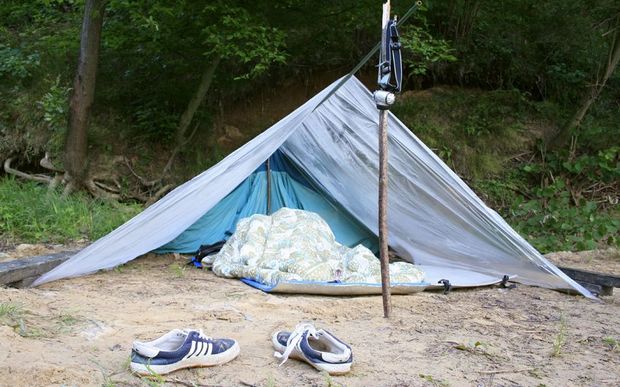First published: February 23, 2007
The gut-wrenching details of the funerals of two women murdered last week were a stark reminder of the problem of violence against women in our community.
Paula Menendez and Julie Crocker were found dead last Monday in Crocker’s home. Menendez was found strangled to death, while Crocker was fatally stabbed in her bed, not far from where her two daughters, four and three years-old, were asleep. Both women were in their early 30s with promising careers, strong ties to their families and a future.
Since the beginning of this year, stories of violence against women remain common. On Jan. 3, a man is jailed for dragging his wife with the family car. Then a man kills a woman, then himself in another story on Jan. 22. The very next day, a jury at a murder trial is told how a wife lived in fear of her husband.
In 2006, Statistics Canada reports 1.2 million men and women faced spousal abuse during a five year period from 1999 to 2004. In Ontario alone, 227,000 women were victims of everything from being sexually assaulted or choked or beaten or hit or kicked or slapped or grabbed or threatened. Shockingly, slightly fewer men, about 215,000, faced similar circumstances. But the figures for men might not be accurate, considering women are two-and-a-half times as likely to report the most serious forms of violence.
The figures show both bad and good news. Sadly, one in five homicides in Canada involve the killing of an intimate partner. But, the rate of spousal homicide decreased by 39 per cent over the five year study. And, the trend for the past 30 years shows an overall decline.
This provides little solace for the two families mourning the loss of their loved ones. And, it does not diminish the tragic tales of women and children who find refuge at Northumberland Services for Women’s shelter. The stories of incredible abuse told behind these doors would alarm most people. And, the tragedy does not stop there. Almost 40 per cent of women in Canada say their children witness the abuse.
Here, the numbers are stunning. Women are twice as likely to be victims of physical injury. They are six times more likely to be hospitalized. They are three times more likely to take time off paid or unpaid work to deal with the consequences of violence. And, they are twice as likely to report chronic, ongoing assaults, meaning they were harmed 10 or more times.
We pay a price for all this. It is estimated it costs $15 billion a year across the country, with $11 billion in lost earnings alone. This includes health, criminal justice, social services, lost productivity and so on.
About 500 women and children receive help from Northumberland Services for Women each year. The shelter serves 80 women and 75 children annually. The crisis line gets 1,600 calls per year. (All figures based on 2004/2005 service statistics.)
While the numbers can be dizzying, the reality deserves careful consideration.
Certainly, the good news around declining numbers shows things are improving on one hand. Through education and broader societal awareness, among a host of other factors, there is reason to feel progress is being made in small steps. As this type of behaviour becomes more abhorrent, abusers think twice. There was a time when men might brag about the terrible things they would do to their spouses or girlfriends. But as organizations and institutions become more sophisticated in how they deal with abuse, it drives the message home. Co-operation between shelters, police, lawyers and judges means better prosecution. And, as more people in the community speak out against this behaviour, abusers can no longer hide. Finally, through the many resources available to women, there is a place for them to turn.
We cannot forget. This is why the Abuse Awareness Project, a public display honouring the victims of abuse to be built in Victoria Park is so important. Not only will it pay tribute to the courage of these people, but also it will be a continuous reminder of the community’s denunciation of abuse.
There is still much more to do. As long as there is a need for shelters and programs, we cannot rest. It is far too easy to forget this blight upon Northumberland and across Canada. With Northumberland Services for Women quietly tucked away from the main street of community consciousness, we tend to forget the real life drama being played out behind its closed doors. As politicians plan election strategies and policy platforms, it seems an agenda for women is left way off the radar. But with a provincial election in the fall and a possible federal election later this spring, an opportunity exists to push for social justice. Candidates must be prepared to provide action plans, not platitudes.
Meanwhile, the stark images of mourners captured by the news media must remain imprinted in our minds so we don’t forget the incredible price being paid for a crime that is so unnecessary.


